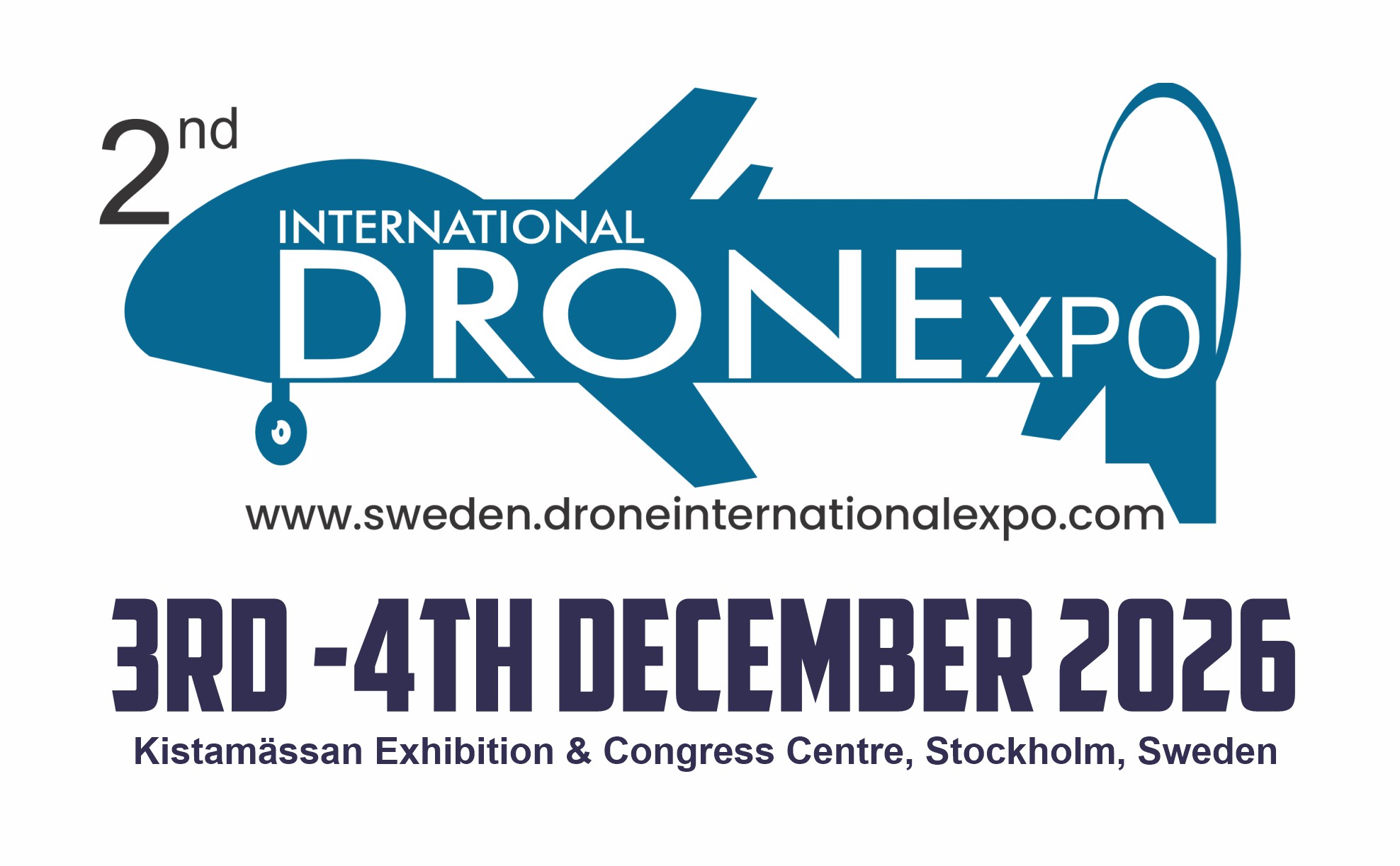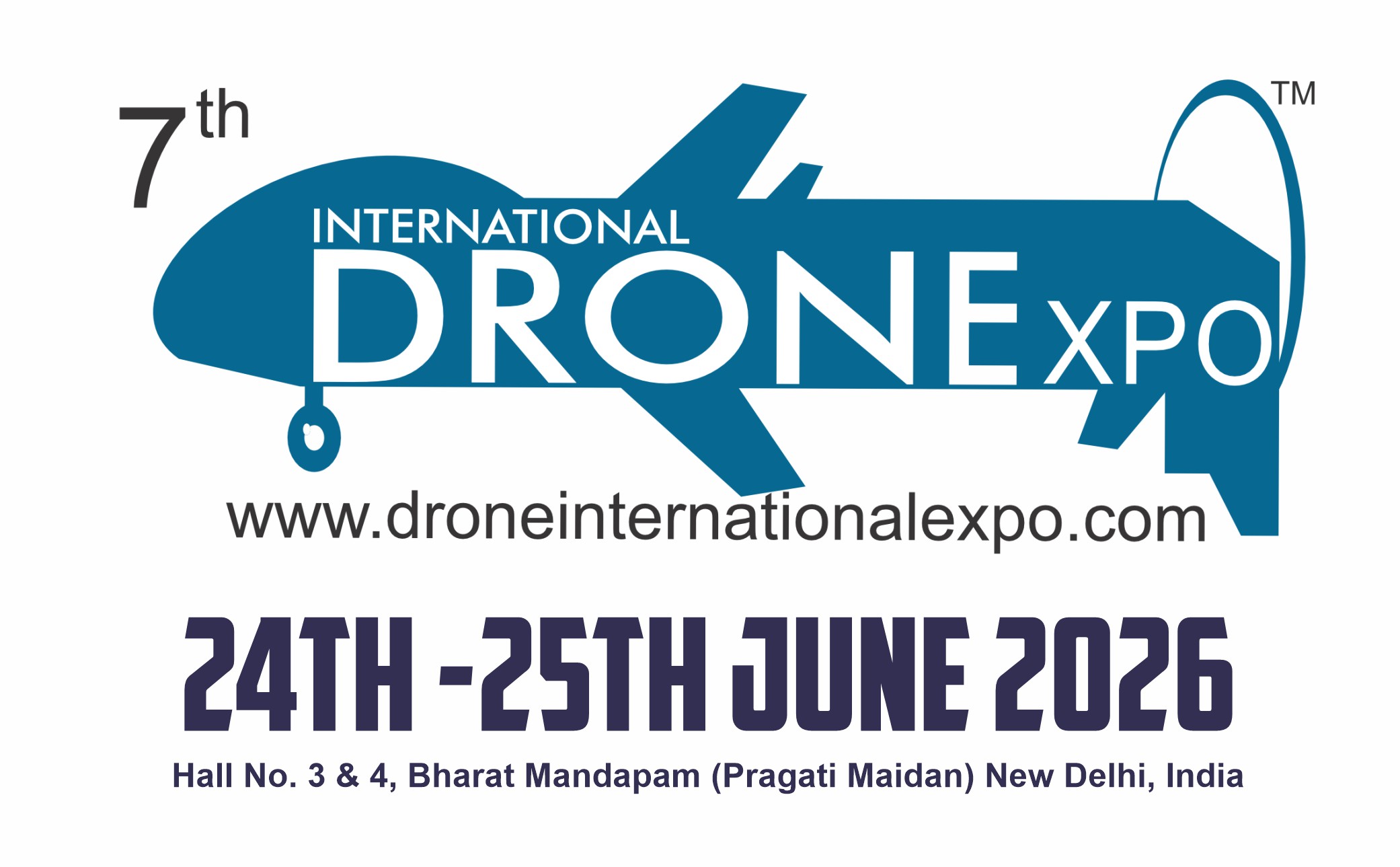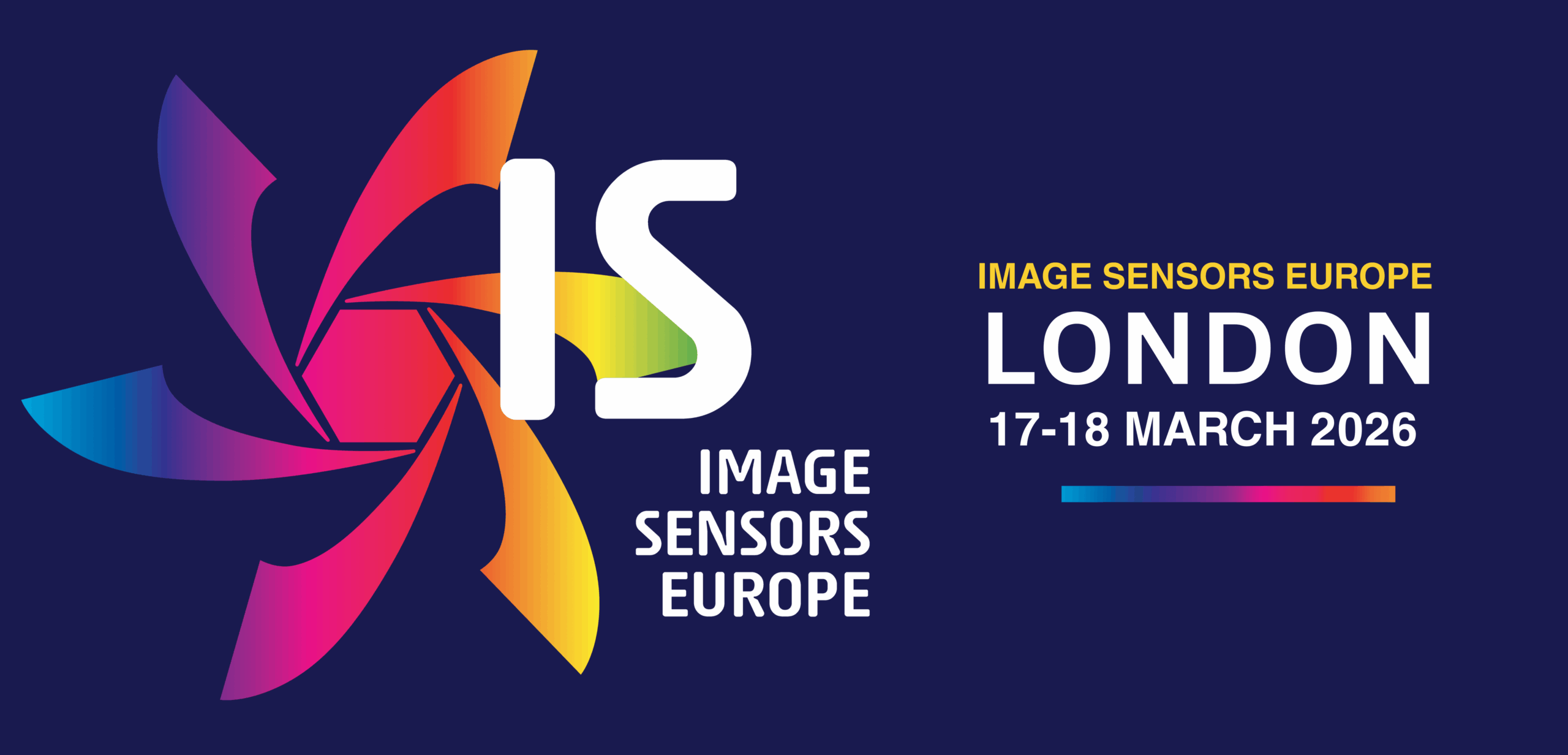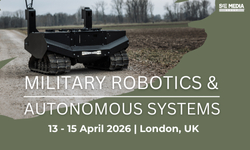Micro air vehicle flies at high speed
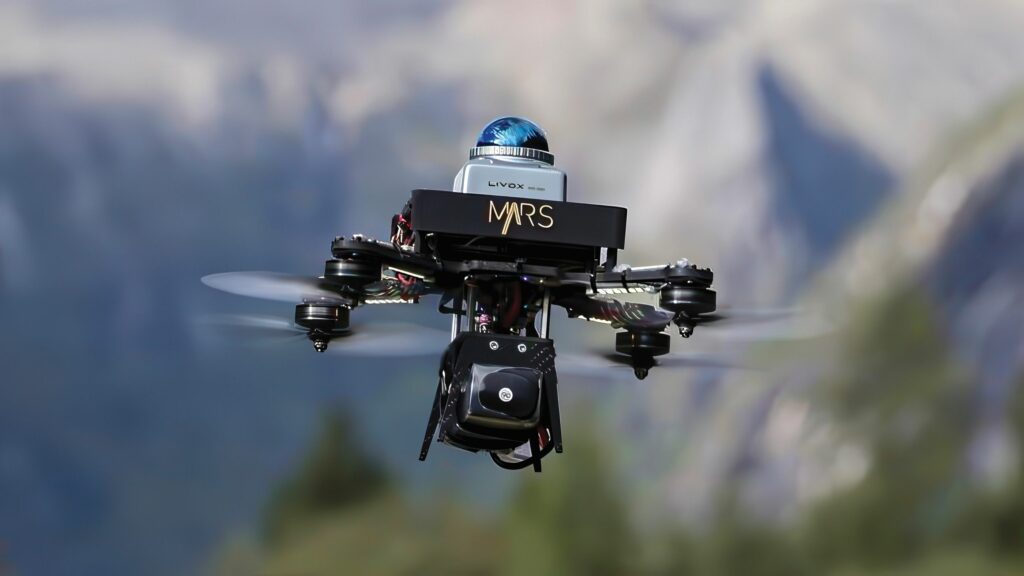
(Image courtesy of Hong Kong University)
University engineers in China have developed an uncrewed aerial vehicle (UAV) that emulates the flight capabilities of birds more closely than ever before, writes Nick Flaherty.
The Safety-Assured High-Speed Aerial Robot (SUPER) UAV is capable of flying at speeds exceeding 20 m/s, and can avoid obstacles as thin as 2.5 mm – such as power lines or twigs – relying solely on onboard sensors and computing power.
The design by a team from the Department of Mechanical Engineering of the Faculty of Engineering at the University of Hong Kong (HKU) measures 280 mm and weighs 1.5 kg with a thrust-to-weight ratio greater than 5.0, enabling agile flight in complex environments.
The weight is made up of the airframe at 510 g, 432 g for the 3300 mAh battery and 266 g for the onboard computer.
To achieve the high-speed operation, SUPER uses a lightweight 255 g Lidar laser sensor with a range of 70 m. This is paired with an advanced planning framework that generates two trajectories during flight: one optimising speed by venturing into unknown spaces and another prioritising safety by remaining within known, obstacle-free zones.
By processing Lidar data directly as point clouds, the system significantly reduces computation time, enabling rapid decision-making even at high velocities. The technology has been tested in various real-life applications, such as autonomous exploration of ancient sites, and has demonstrated seamless navigation in both indoor and outdoor environments.
The total average power consumption is around 432 W, with 87.9% (379.7 W) consumed by the actuators. The onboard computer is the second-largest power consumer, drawing around 43.3 W. The Lidar sensor and other avionics components consume 6.3 and 3.2 W, respectively.
The CPU usage of the onboard computer was also measured during testing, with an average usage of around 13.9% and peak usage of 19.7%. The state estimation module is the primary consumer, accounting for 11.1% on average.
The three main software components – state estimation, planning and control – run in parallel as separate processes and communicate with each other through the publisher-subscriber mechanism of the robot operating system.
To achieve controllability, the processes within each module are parallelised using multiple threads. In the state estimation module, the nearest neighbour search during scan registration is parallelised across 16 threads. In the planning module, the updates to the spatiotemporal sliding map and the trajectory planning tasks, which include both the frontend path search and the backend trajectory optimisation, are handled by two separate threads. In the control module, the model predictive controller operates on a single thread.
“Picture a ‘Robot Bird’ swiftly manoeuvring through the forest, dodging branches and obstacles at high speeds,” said Prof Fu Zhang, director of the HKU Mechatronics and Robotic Systems Lab (MaRS LAB) of the Department of Mechanical Engineering at HKU. “This is a significant step forward in autonomous flight technology. Our system allows MAVs [micro air vehicles] to navigate complex environments at high speeds with a level of safety previously unattainable. It’s like giving the drone the reflexes of a bird, enabling it to dodge obstacles in real-time while racing toward its goal.”
Yunfan Ren, a researcher in the group said, “The ability to avoid thin obstacles and navigate tight spaces opens up new possibilities for applications like search and rescue, where every second counts. SUPER’s robustness in various lighting conditions, including nighttime, makes it a reliable tool for round-the-clock operations.”
UPCOMING EVENTS


